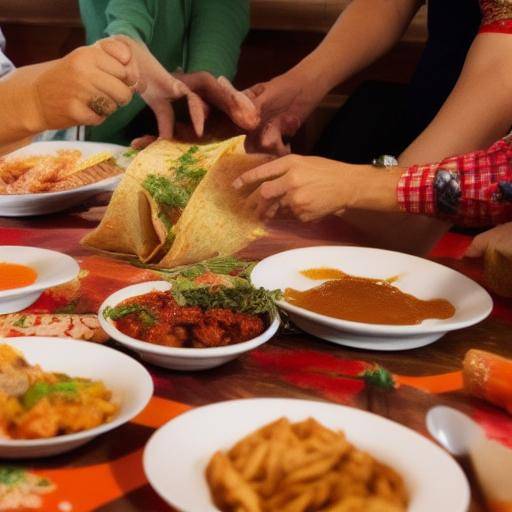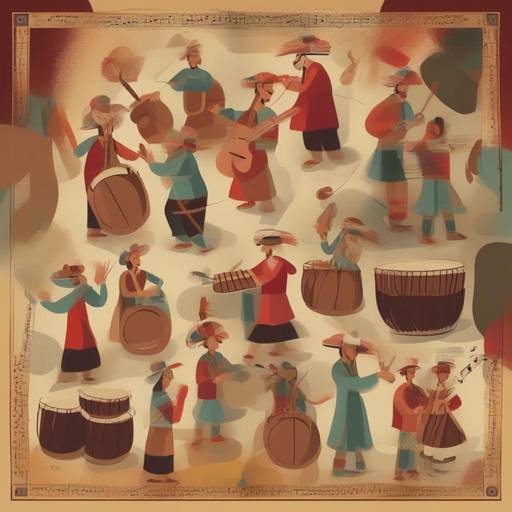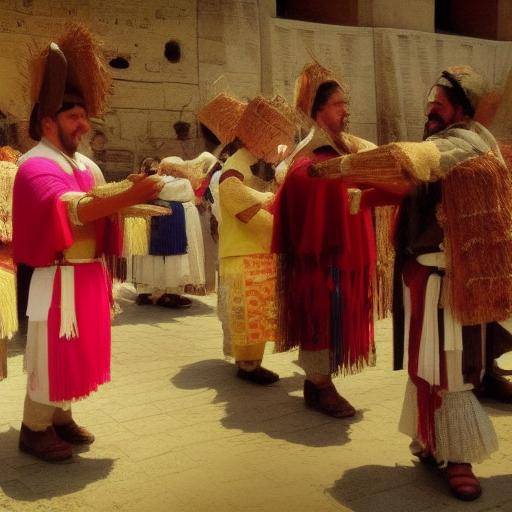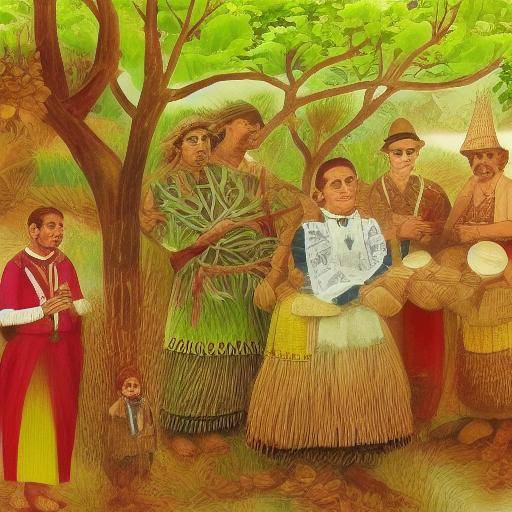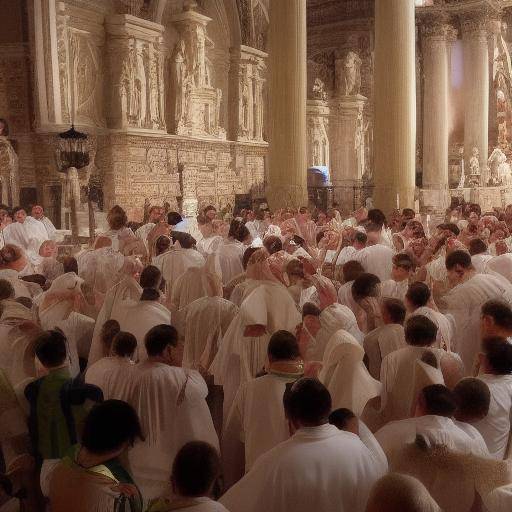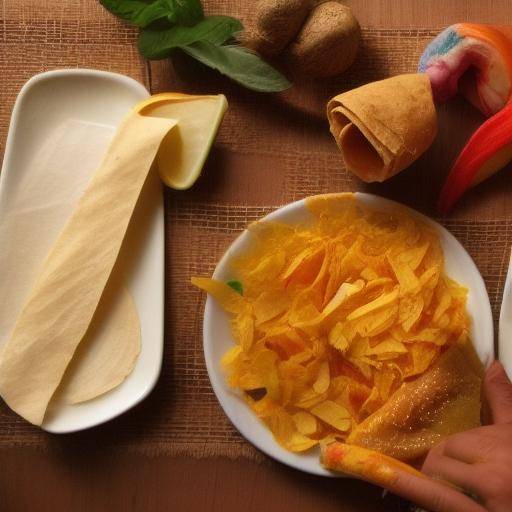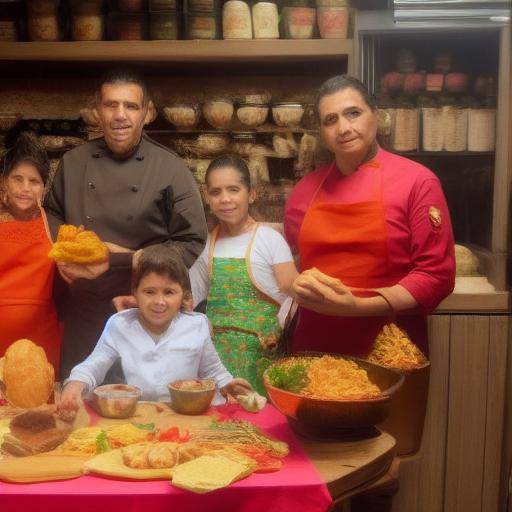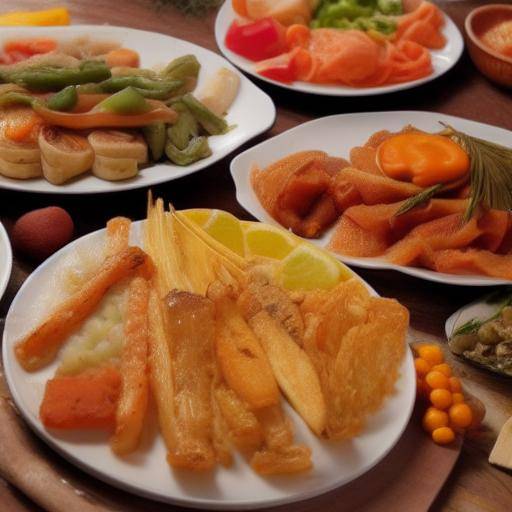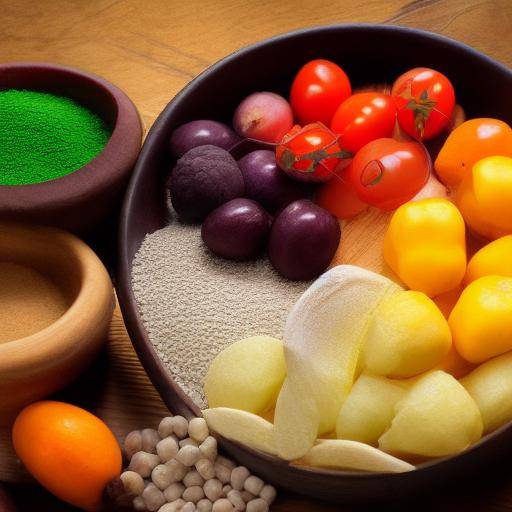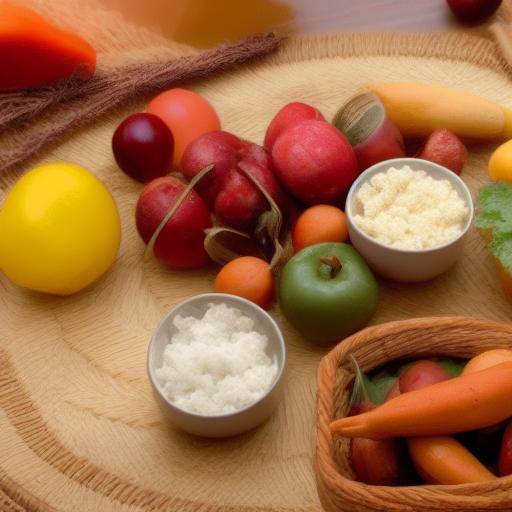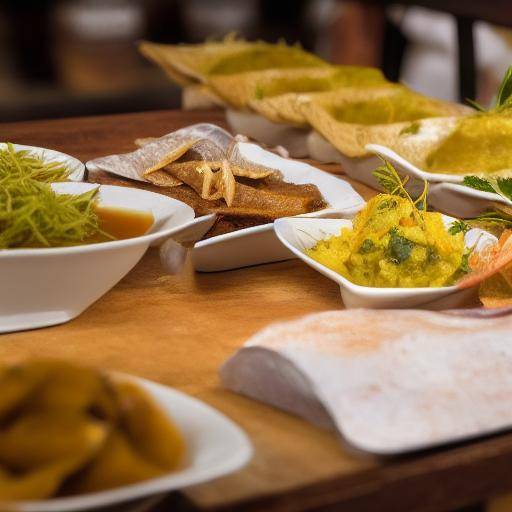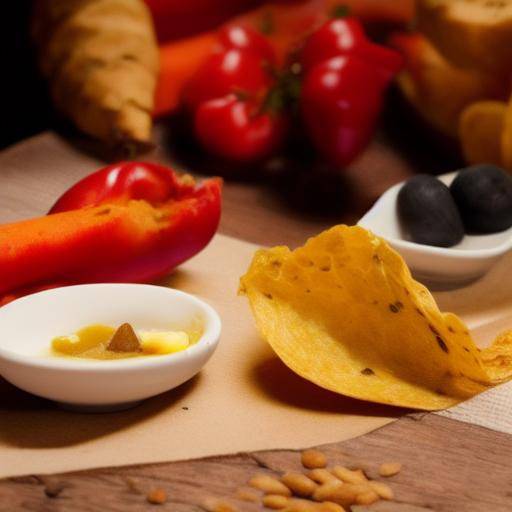
Introduction
The role of bread in culinary traditions is a theme that awakens the curiosity of many lovers of gastronomy. Throughout history, bread has played a fundamental role in various cultures, not only as a basic food, but also as a symbol of tradition, coexistence and culinary handicrafts. In this article, we will explore the importance of bread in culinary traditions, from its origins to its relevance today. We will also analyze its impact on society, its evolution and its role in different kitchens of the world. Join us on this exciting journey through the textures, flavors and aromas of bread in culinary traditions!
History and Origins
The bread, that basic and universal food, has a history that goes back to thousands of years. Its origins are found in ancient Egypt, where the first techniques of panification were developed. Over time, the practice of panification spread throughout the world, adapting to the particularities of each culture. From the pita bread in the Middle East to the baguette in France, the bread has occupied a prominent place at the table and in the daily lives of people.
In the Middle Ages, bread acquired a symbolic meaning, associated with the idea of sustenance and community. The bakers, often organized in guilds, played a crucial role in society, ensuring the supply of this essential food. With the passage of time, the diversity of breads was extended, giving rise to a rich panadera tradition that lasts until today.
Evolution and Social Significance
The bread is not just a food; it is an element of union and conviviality in culinary traditions around the world. In many cultures, sharing a meal that includes bread is an act of generosity and hospitality. In addition, various festivities and traditional celebrations have bread as protagonist, symbolizing wealth, prosperity and family unity.
As the food industry has evolved, bread has undergone transformations to adapt to market demands. The introduction of innovative techniques and recipes has enriched the variety of breads available, from integral and multicereal to gluten-free options. This evolution reflects the bread’s ability to adapt to the current needs and preferences while maintaining its roots in culinary traditions.
Detailed Analysis of Regional Variants
Beyond its role as a basic food, bread plays a leading role in the culinary traditions of different regions of the world. From Indian naan bread to Latin American corn bread, each kitchen has its own bread varieties that reflect the diversity of ingredients, techniques and flavors characteristic of each culture.
In Spain, for example, bread plays a fundamental role in the daily diet, being an essential companion in dishes such as paella or gazpacho. Its versatility makes it the perfect complement to enjoy sausages, cheeses and olive oils, creating combinations that enhance the flavors of Spanish cuisine.
In the Middle East, flat bread, such as pita or lavash, is an essential element in dishes such as falafel, kebab or hummus. Its light texture and ability to wrap and sustain various ingredients make it a versatile element in everyday and festive meals.
In France, the baguette bread is a national icon that accompanies the most exquisite dishes of the French haute cuisine, showing that the bread is able to adapt both to the simplicity of a country meal and to the sophistication of a gourmet menu.
Practical Tips and Recommendations
If you want to fully explore and enjoy the role of bread in culinary traditions, we offer you some practical tips:
- Experience with bread varieties: Do not limit yourself to a single type of bread; dare try different varieties, from whole and multi-cereal breads to regional breads that highlight local flavors.
- Creative Accompaniments: Discover new ways to enjoy the bread, either with aromatized olive oils, homemade sauces or combinations of cheeses and sausages that enhance their taste.
- Homemade bread: Encourage to prepare your own bread at home. Handmade bread making is a rewarding experience that will allow you to explore traditional techniques and experiment with fresh ingredients.
- Wine pairing: Discover how the bread can enhance the experience of pairing meals with wines, knowing which varieties of bread best complement certain types of wine.
- Sustainability and Conscious Consumption: Support local bakers using high quality ingredients and sustainable practices. Learn about the origin of the ingredients and the process of making informed and responsible decisions.
Conclusion
In short, the role of bread in culinary traditions is a manifestation of cultural diversity and gastronomic evolution over the centuries. From its humble origins to its presence at tables around the world, bread has proven to be much more than a basic food; it is a symbol of identity, community and culinary creativity.
Its variety of forms, flavors and textures have been integrated with mastery in the culinary traditions of each region, enriching typical dishes, celebrations and everyday life. By exploring the role of bread in culinary traditions, we discover the importance of preserving and appreciating these connections between bread, culture and shared table.
Frequently asked questions
What is the importance of bread in culinary traditions?
The bread is not only a basic food, but it has also acquired a symbolic meaning linked to the community, celebration and hospitality in various cultures around the world.
How can I fully enjoy the role of bread in culinary traditions?
Experience with different varieties of bread, accompany it with local and sustainable ingredients, and encourage yourself to prepare your own bread at home for a full experience.
How has bread evolved in culinary traditions?
The bread has experienced transformations to adapt to the demands of the market, offering varieties ranging from integral and multicereal to gluten-free options, while maintaining its connection with culinary traditions.
What aspects should I take into account when pairing bread with wines?
The type of bread can influence the experience of pairing meals with wines; for example, more rustic breads can enhance rustic dishes, while softer breads can complement more delicate dishes.
How can I support sustainability in relation to bread and culinary traditions?
It supports local bakers who use high quality ingredients and sustainable practices, and seeks to know the origin of the ingredients to make conscious decisions.
What is the impact of the bread on coexistence and celebration?
The bread has been a symbol of generosity, unity and prosperity in multiple festivities and traditional celebrations, fostering the coexistence and sharing of the table.
We hope that this journey through the role of bread in culinary traditions has been enriching and has aroused your curiosity to explore the infinite possibilities that this humble food offers at the table and beyond!






